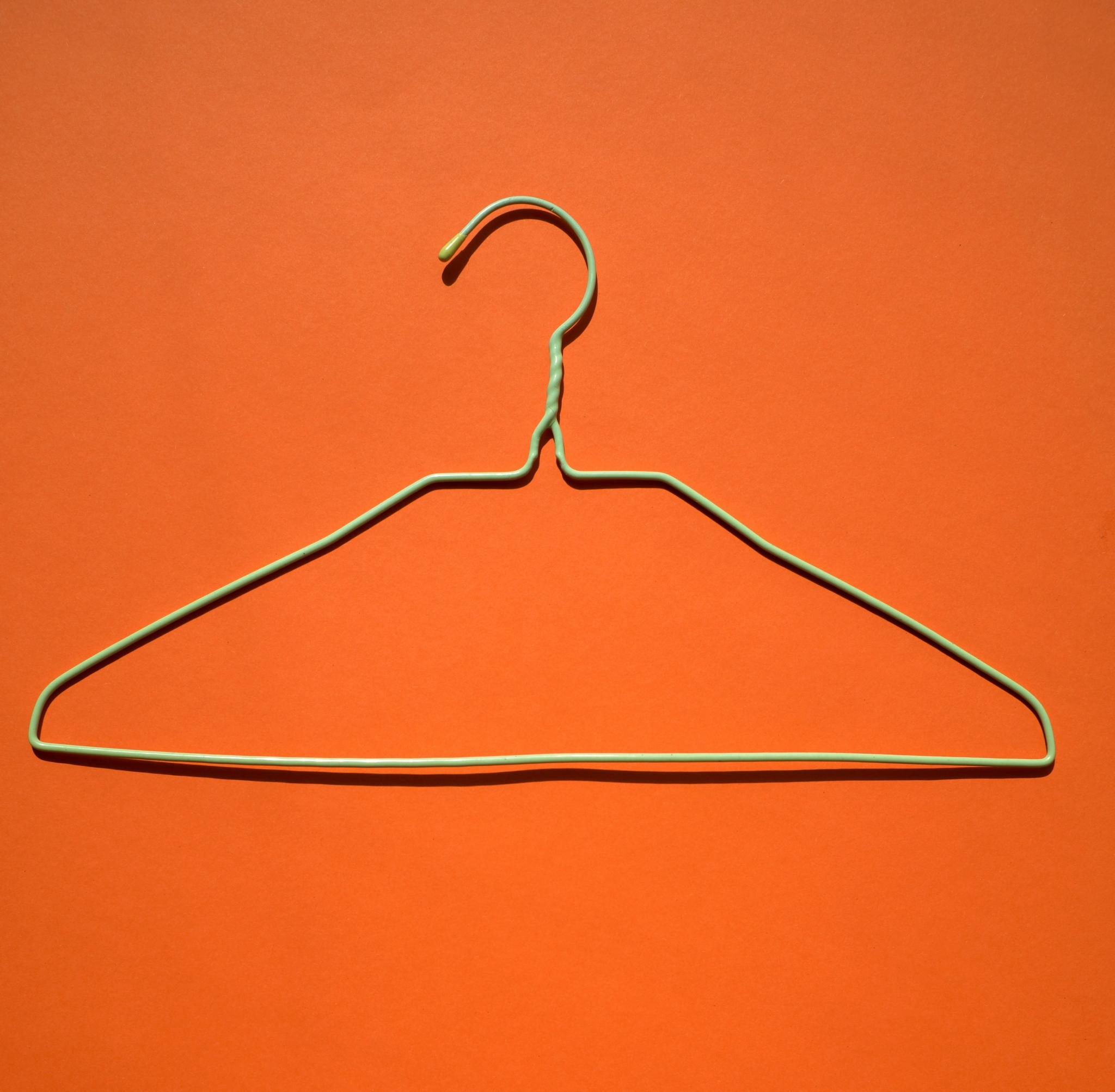We’ve all been there – staring at a closet full of clothes we no longer wear, pondering what to do with them. The common solution? Drop them off at a clothing bank, where we assume they'll find new homes or be recycled into something useful. But have you ever wondered what really happens to those discarded textiles once they leave your hands? Antonella Maiello and her colleagues are delving deep into this mystery, seeking to uncover who truly benefits and who suffers from what they call 'post-consumer textile waste'.
The global second-hand clothing trade
Behind the seemingly innocent clothing banks, a complex global industry is at play. In the Netherlands, much of the discarded clothing ends up being sold to merchants in African and Asian countries. But there's a catch – the market traders who purchase these garments in bulk often have no idea what they're getting. They might end up with thick winter coats that are impractical in warmer climates or with clothes of such low quality that they cannot be resold and are destined for landfill.

"Broadly speaking, we know what happens with our clothing waste," says Antonella Maiello, assistant professor of Governance of Sustainability at Leiden University. "But there are big gaps in our knowledge when it comes to the quality and quantity of the exported materials and lacunae in international legislation. It is important we gain more knowledge so we can prevent waste colonialism – saddling other countries with mountains of waste from Europe.”
Who is responsible?
The central question for Maiello and her team is who holds responsibility for this complex network of post-consumer textile waste. "What is waste to us is a new industry to others," she explains. We need to understand how cash flows in this trade and what kind of international regulations should be in place. The stakeholders include municipalities, national governments, waste management companies, recycling facilities, and transportation businesses. Understanding their roles is critical to untangling the complexities of textile waste exports.
 Maiello's work is more than just academic; it’s personal. Growing up in southern Italy, she witnessed firsthand the dumping of hazardous waste from across Europe. Since 2016, she has been studying waste management, beginning in Brazil and now focusing on the flow of textile waste from Europe to developing countries. As part of their research, her team is conducting workshops in the Netherlands to map this intricate network, with different researchers examining specific sub-questions within the broader study. The first workshop, named 'Flaws in the Flow', is on Thursday 30 May.
Maiello's work is more than just academic; it’s personal. Growing up in southern Italy, she witnessed firsthand the dumping of hazardous waste from across Europe. Since 2016, she has been studying waste management, beginning in Brazil and now focusing on the flow of textile waste from Europe to developing countries. As part of their research, her team is conducting workshops in the Netherlands to map this intricate network, with different researchers examining specific sub-questions within the broader study. The first workshop, named 'Flaws in the Flow', is on Thursday 30 May.
Check out the workshop and sign up here.
What can you do?
While researchers work to unravel the complicated journey of post-consumer textile waste, you can take steps to minimize your contribution to the waste mountain. Maiello offers simple yet impactful advice: "Above all, buy less, and when you do buy, choose quality over quantity." She recommends checking clothing labels to understand the materials used and encourages swapping or donating clothes to thrift stores when they no longer suit you. If a piece of clothing is truly worn out, it might be better to throw it in with household waste, where it will be incinerated rather than exported to a low-wage country where open-air burning is common.
In the end, the journey of your old clothes doesn’t just affect your closet – it can have ripple effects across the globe. By making more informed choices and supporting research into the post-consumer textile waste industry, we can all contribute to a more sustainable future.
